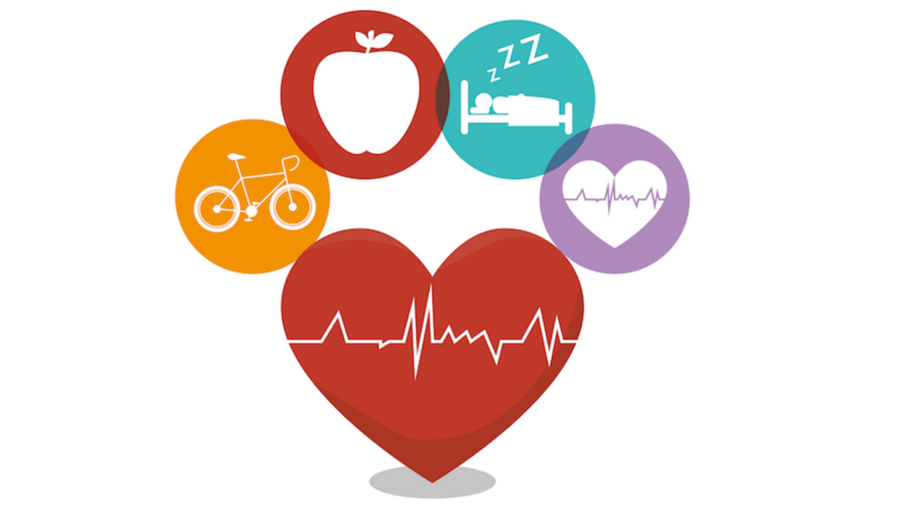A Comprehensive Guide to Hemorrhoid Management: Prevention and Treatment Strategies
Hemorrhoids, also known as piles, are a prevalent condition characterized by swollen and inflamed veins in the anus and rectum. These vascular cushions, normally present in the anal canal, become pathologic when engorged with blood, leading to a range of symptoms including pruritus (itching), pain (dyschezia), and rectal bleeding (hematochezia). This comprehensive guide utilizes a biopsychosocial framework, integrating lifestyle modifications with medical interventions, to present practical strategies for both prevention and management, ultimately enhancing patient well-being.
Etiology and Pathophysiology of Hemorrhoids
The development of hemorrhoids is a complex interplay of several factors. Increased intra-abdominal pressure, a key pathogenic mechanism, can result from various sources. Constipation, characterized by infrequent and difficult bowel movements, necessitates increased straining, directly elevating pressure within the anorectal vessels. Prolonged periods of sitting or standing, common in sedentary lifestyles, similarly contribute to venous engorgement. Furthermore, pregnancy, obesity, and heavy lifting all exert significant pressure on the pelvic floor, predisposing individuals to the development of hemorrhoids. Applying the biomechanical principles of pressure and strain, we observe how these factors converge to initiate the pathophysiological process.
Lifestyle Interventions for Hemorrhoid Prevention and Management
Adopting proactive lifestyle changes constitutes a cornerstone of both preventing and alleviating hemorrhoid symptoms. This approach aligns with the principles of health behavior change models, emphasizing the importance of sustained behavioral modifications.
- Hydration Optimization: Adequate hydration (at least 2 liters daily) is crucial. Water increases stool bulk and consistency, facilitating easier passage and reducing straining. This principle aligns with the principles of fluid balance and its impact on gastrointestinal transit.
- Dietary Fiber Augmentation: A diet rich in dietary fiber (25-30 grams daily) is essential for promoting regular bowel movements. Fiber increases stool volume, reducing the need for straining. Fruits, vegetables, whole grains, and legumes are excellent sources. This relates to the gut microbiome and the mechanical effects of fiber on bowel function.
- Regular Physical Activity: Regular exercise, incorporating at least 150 minutes of moderate-intensity aerobic activity weekly, enhances gut motility and prevents constipation. This is consistent with evidence-based recommendations for physical activity and its positive impact on overall health, including bowel regularity.
- Prompt Response to Defecation Urges: Ignoring the urge to defecate leads to increased stool hardness and straining, exacerbating hemorrhoidal symptoms. This principle reflects the importance of attending to bodily signals and maintaining regular bowel habits.
- Postural Modification: Prolonged sitting or standing should be mitigated by frequent positional changes to optimize venous return and reduce pressure on the anal veins. This relates to principles of circulation and venous drainage.
- Strain Reduction During Defecation: Employing techniques to reduce straining, such as elevating the feet or using a squat toilet, minimizes pressure on the anal veins. This aligns with biomechanical principles of minimizing stress on the pelvic floor.
- Safe Lifting Practices: Proper lifting techniques, using leg muscles and avoiding back strain, minimize intra-abdominal pressure increases. This adheres to principles of ergonomics and injury prevention.
- Meticulous Anal Hygiene: Gentle cleansing of the perianal area after each bowel movement is crucial. Use lukewarm water and mild, unscented soap, avoiding harsh chemicals. This minimizes irritation and risk of infection.
- Appropriate Toiletries Selection: Utilizing soft, unscented toilet paper or moist wipes minimizes irritation of the sensitive perianal skin. Avoid scented or abrasive products that can trigger inflammation.
- Dietary Modification for Symptom Mitigation: Reducing the intake of spicy or irritating foods can lessen inflammation and discomfort. This aligns with principles of dietary management in inflammatory conditions.
Symptomatic Management of Hemorrhoids
Managing acute hemorrhoid symptoms involves a multifaceted approach, guided by the principles of pain management and inflammation control.
- Cryotherapy: Application of cold compresses reduces swelling and inflammation, providing temporary pain relief via vasoconstriction. This aligns with the principles of thermotherapy in managing inflammatory processes.
- Hydrotherapy: Sitz baths (soaking in warm water for 10-15 minutes) soothe pain and itching by improving local circulation and promoting relaxation of the anal sphincter. This leverages the therapeutic effects of heat in pain management.
- Pharmacological Interventions: Over-the-counter topical treatments, such as creams containing hydrocortisone or lidocaine, can alleviate pain and itching. However, self-medication should be approached cautiously, and consultation with a healthcare professional is advised, particularly for persistent or severe symptoms.
Indications for Medical Consultation
While many hemorrhoid cases are effectively managed conservatively, timely medical attention is critical in certain circumstances. This is guided by principles of triage and risk stratification. Prompt referral is crucial if:
- Intense or unremitting pain develops
- Significant rectal bleeding occurs
- Home remedies prove ineffective
- Signs of infection (e.g., fever, purulent discharge) appear
A healthcare professional can provide definitive diagnosis and tailor treatment, which may include minimally invasive procedures such as banding, sclerotherapy, or surgical hemorrhoidectomy, based on individual needs and symptom severity. This aligns with the principles of evidence-based medicine and individualized care.
Conclusions and Recommendations
Hemorrhoids, though common, can significantly impact quality of life. A proactive approach incorporating lifestyle modifications, focused on hydration, dietary fiber, physical activity, and appropriate hygiene, significantly reduces the risk of developing hemorrhoids. Symptomatic management focuses on alleviating pain and inflammation using both conservative and pharmacological measures. Early identification of situations requiring medical intervention is crucial to prevent complications and optimize patient outcomes. Further research could explore the efficacy of specific dietary interventions and the long-term effects of minimally invasive procedures on quality of life. The development of patient education programs emphasizing preventive strategies is crucial for reducing the burden of this prevalent condition.
Reader Pool: What are your thoughts on the effectiveness of integrating behavioral interventions with medical management in the long-term management of hemorrhoids?




No comments yet. Be the first to share your thoughts!